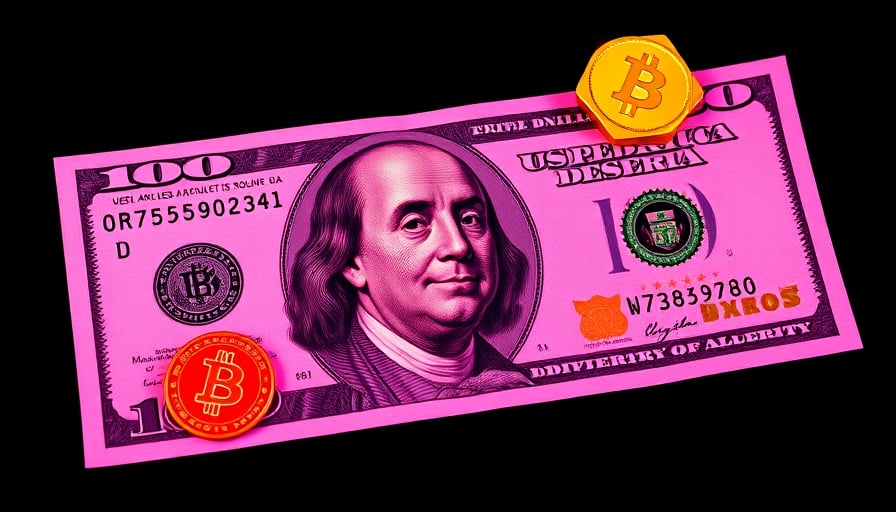In the ever-evolving landscape of digital currencies, Dai has emerged as a noteworthy player, maintaining a stable presence in the crypto market. As of October 24, 2025, Dai’s close price was recorded at 0.999736 USD, reflecting its design as a stablecoin pegged to the US dollar. This stability is a hallmark of Dai, distinguishing it from the more volatile cryptocurrencies that often dominate headlines.
Dai’s performance over the past year has been relatively stable, with its 52-week high reaching 1.01171 USD on December 31, 2024, and a low of 0.998873 USD on October 10, 2025. These figures underscore Dai’s resilience and its ability to maintain value close to its peg, a critical feature for users seeking a reliable store of value amidst the broader market’s fluctuations.
The market capitalization of Dai stands at approximately 5.37 billion USD, a testament to its widespread adoption and trust within the crypto community. This market cap reflects the aggregate value of all Dai in circulation, highlighting its significant role in the decentralized finance (DeFi) ecosystem. Dai’s integration into various DeFi platforms underscores its utility as a medium of exchange, a unit of account, and a store of value, facilitating a wide range of financial transactions without the need for traditional banking systems.
Dai’s stability is achieved through a complex system of smart contracts and collateralization, primarily using Ethereum-based assets. This mechanism ensures that Dai remains pegged to the US dollar, providing users with a stable digital currency that can be used for everyday transactions, savings, and as a hedge against the volatility of other cryptocurrencies.
The significance of Dai extends beyond its stability. It represents a shift towards decentralized financial systems, where users have more control over their financial transactions without relying on centralized authorities. This shift is part of a broader movement towards financial inclusivity, offering services to those who may be underserved by traditional banking systems.
As the crypto market continues to mature, Dai’s role as a stablecoin is likely to become even more critical. Its ability to provide stability in a volatile market makes it an attractive option for both retail and institutional investors. Moreover, its integration into the DeFi ecosystem positions Dai as a key player in the ongoing evolution of digital finance, where innovation and stability are paramount.
In conclusion, Dai’s performance and its foundational role in the DeFi ecosystem highlight its importance in the broader narrative of cryptocurrency. As the market continues to evolve, Dai’s stability, market cap, and utility will likely ensure its continued relevance and adoption. For those navigating the complex world of digital currencies, Dai offers a beacon of stability, underscoring the potential of decentralized finance to reshape our financial landscape.
